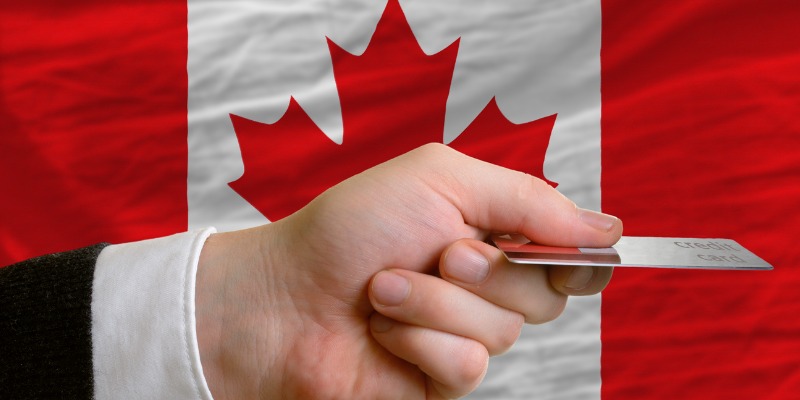Ottawa continues to mislead about government indebtedness

The last federal fiscal update continued to laud Canada’s low government indebtedness. According to the update, “Canada continues to have the lowest net debt-to-GDP ratio relative to international peers.” This statistic is used repeatedly by the Trudeau government to justify continued deficits (i.e. borrowing) to finance historically high levels of government spending, which predate the COVID pandemic. But a broader assessment of Canadian government indebtedness raises serious concerns about our country’s ability to continue to finance spending through borrowing.
While the text of the update refers to “international peers,” the comparison is actually limited to the seven leading economies (the G7), which includes Canada, Germany, the United Kingdom, the United States, France, Italy and Japan. It also refers to “net debt,” which is a measure of indebtedness that adjusts for financial assets such as currency holdings and gold. It’s meant as a measure of debt after governments liquidate (hypothetically) their financial assets, which excludes less liquid assets such as buildings and highways.
Of the G7 countries, Canada has the lowest net debt as a share of the economy at 23.4 per cent in 2019. But why does Ottawa limit the analysis to just the G7? Surely Canada competes with other industrialized countries. If the analysis is extended to include the 31 industrialized countries covered by the IMF for which data exists, Canada’s ranking for 2019 falls to 10th (the IMF forecasts Canada to fall slightly in 2021 to 11th position).
There’s also a problem with using net debt statistics when comparing Canada with other industrialized countries. As a 2021 study showed, Canada is relatively unique within the industrialized world in terms of our public pensions, namely the Canada Pension Plan and Quebec Pension Plan. Unlike most other countries whose public pensions invest in government bonds, the CPP and QPP invest in assets such as stocks and non-government bonds.
This has an effect on our comparative debt statistics that makes Canada’s net debt look better. For countries whose public pensions invest in government bonds, more government debt (when purchased by public pensions) doesn’t affect their net debt statistics because there’s both an asset for the public pension and a liability for government, which offset one another when net debt is calculated.
Not so for the CPP and QPP because they invest in non-government assets. So as the CPP and QPP have increased their assets, the net debt position of Canada’s government indebtedness has improved. But this is misleading since the assets of the CPP and QPP are not available to either the federal or provincial governments as they’re required to finance the benefits promised to retirees in both programs.
This is an important insight because when total government debt rather than net debt (which for Canada includes the assets of the CPP and QPP) is compared, Canada’s relative indebtedness is among the worst in the industrialized world. In 2019, Canada’s government indebtedness (as a share of the economy) was 86.8 per cent, which ranked 24th of 31 industrialized countries. In other words, only seven industrialized countries—Belgium, France, Italy, Japan, Portugal, Spain and the U.S.—had higher levels of government indebtedness than Canada as a share of the economy. Our rank is expected to remain the same for 2021, though the level of indebtedness is forecast to reach 109.9 per cent of the economy.
The state of Canada’s government indebtedness is made all the more worrying given Ottawa’s continued dismissal of debt as a problem. In the recent throne speech, which laid out the priorities of the federal government, the words “deficit” and “debt” were not mentioned once while Ottawa continues to laud our low net debt, which as we’ve explained, is misleading.
Contrary to Ottawa’s narrow and frankly convenient view of Canadian government indebtedness, we are a highly indebted country relative to other industrialized countries, which imposes serious risks on Canadians and the economy. At the very least, Ottawa must acknowledge the real state of Canadian government indebtedness.



